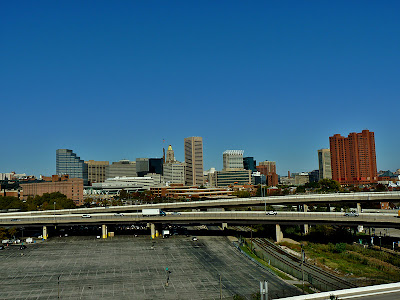One of the Sprite nanosatellites (Photo: KickSat)
Pssst, do you wanna buy a satellite? No, really - do you? Well, Zac Manchester would like to sell you one. Not only that, but he claims that the thing could be built and launched into orbit for just a few hundred dollars. For that price, however, you're not going to be getting a big satellite. Manchester's Sprite spacecraft are actually about the size of a couple of postage stamps, but they have tiny versions of all the basic equipment that the big ones have.
One of the Sprite nanosatellites (Photo: Cornell University)
Zac is a graduate student in Aerospace Engineering at Cornell University, and was part of the team that
originally designed the Sprites for use as space probes - the idea being that they could travel on solar winds, like cosmic dust, traveling deep into space without the need for fuel. Three of the one-square-inch spacecraft were delivered to the International Space Station this May, to see how they how well they could stand up to the rigors of outer space. They are currently still mounted on the outside of the station, and are due to be brought back to Earth in a couple of years.
Each Sprite incorporates a Texas Instruments MSP430 microcontroller, a radio transceiver, solar cells, capacitors and antenna. In their current incarnation, they can't do much more than transmit simple bits of data, but Manchester says that future versions could easily include sensors such as thermometers or cameras.
The KickSat satellite will carry hundreds or even thousands of the Sprites into orbit (Image: KickSat)
A small box-like satellite - or CubeSat - would be used to carry the Sprites into low-altitude orbit. It could contain hundreds or even thousands of spring-loaded Sprites, which would shoot out as soon as the CubeSat's lid was opened from ground control via a radio signal.
Once in orbit, the Sprites' transmitted radio signals would be monitored by a network of amateur ground-based tracking stations. The aim would be to demonstrate their communications capabilities, while also observing how long they remained in orbit, and how well they were able to perform in outer space. They should all burn up when they re-enter the earth's atmosphere, within a few days or weeks of their release.
Manchester is now raising funds for the demonstration project via the Kickstarter fund-raising website. Depending on how much money is raised, his team will either have to wait for a spot on one of several free launch programs, or be able to purchase a commercial launch of their own. If they are able to purchase a launch, he is hoping for the Sprites to be in orbit by early 2013.
Yes, but how do you get to call one of them your own? By contributing US$300 via
Kickstarter, that's how. Such a donation will allow you to name one of the Sprites, specify the four-character message that it will transmit (such as your initials), and track it on the KickSat website. A donation of $1,000 or more will put an actual physical Sprite in your hands, and provide you with the source code and programming tools to write its custom flight code. Should you wish to set up your own ground station, you will also be instructed on how to receive and interpret its radio signal.
Groups are also encouraged to sponsor fleets of Sprites, each one of which will bear that group's logo on its lilliputian surface.
By Ben Coxworth for Gizmag
Original article
HERE.



















































